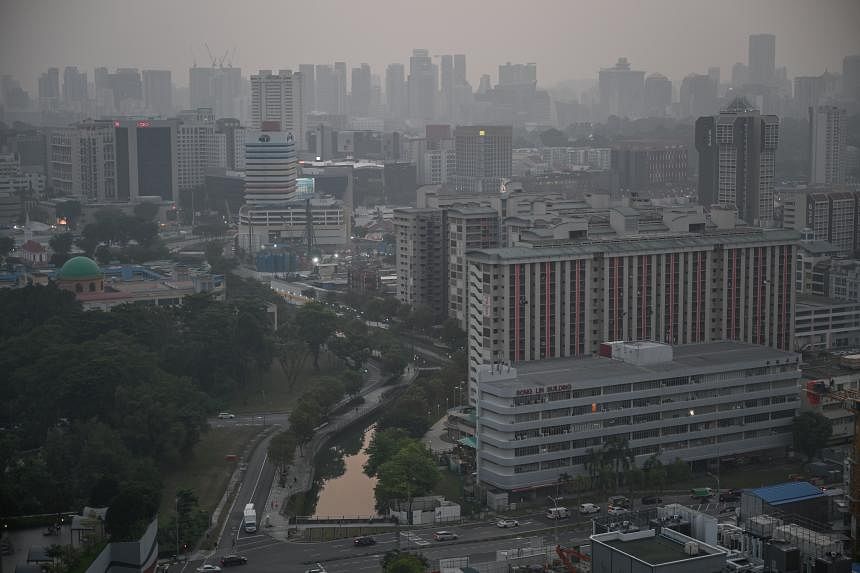SINGAPORE – There is low risk of transboundary haze shrouding Singapore and the region in 2024 as wetter weather is expected with the potential return of La Nina, while the risk of fires from the expansion of plantations in Indonesia is relatively low.
This is the forecast of the Singapore Institute of International Affairs (SIIA) in its 2024 haze outlook report, released on July 8. It is also the second time the local think-tank has issued a green or low-risk rating in its six-year run. A green rating was first given in 2021, which was in the middle of a prolonged La Nina spell.
A possible respite from unhealthy air quality is expected as the rainy La Nina climate phenomenon is set to return in the later part of the year.
The warming El Nino was a main contributor to the 2023 less severe haze episode in Indonesia, Singapore and Malaysia. The phenomenon tapered off in mid-2024.
“Rainfall will be roughly average for the key fire risk months of August, September and October, or potentially wetter-than-normal for the period if the La Nina phenomenon occurs,” said the report.
According to the United States National Oceanic and Atmospheric Administration, there is a 65 per cent chance for La Nina to emerge between July and September, and an 85 per cent chance from November.
Apart from the weather, SIIA analysed market trends and fire prevention policies before putting together the report.
Haze comes from the burning of peat and other vegetation in Indonesia, where fire is used to clear land for agricultural use or to get rid of agricultural waste.
Studying economic factors to see if increased production may be expected at plantations, the report’s authors assessed that the risk of haze from plantation expansion is relatively low in the near term.
However, oil palm trees planted between the 1990s and early 2000s are now due for replanting. But it is unclear if replanting will contribute to haze risk, said the report.
SIIA chairman Simon Tay acknowledged that fire prevention measures taken by the Indonesian government, organisations, locals and the private sector had dampened the smoke and fires in 2023 despite severe drought conditions. Efforts were also taken to re-wet fire-prone and degraded peatland areas.
In 2023, El Nino coincided with the positive Indian Ocean Dipole (IOD), another climate pattern which brings drier weather to the region. This made the dry season more severe than normal, but there were fewer fires in 2023 than in previous years such as 2015 and 2019, when both climate phenomena coincided.
“This gives us reason to hope that South-east Asia has finally turned a corner in addressing the region’s haze problem,” he said in the report’s foreword.
Singapore had a brief episode of haze on Oct 6 and 7, 2023, when the Pollutant Standards Index (PSI) crossed into the unhealthy range. But this was a far cry from the 2015 South-east Asian haze crisis – when Singapore’s 24-hour PSI surpassed 300, reaching the hazardous range, and forced schools to close for a day.
Beyond 2024, haze risk will depend on Indonesia President-elect Prabowo Subianto’s governance and policies, the report noted.
While Mr Prabowo has pledged to continue President Joko Widodo’s environmental policies, peatland restoration and carbon emissions reduction targets, the President-elect also aims to prioritise economic growth and food security.

